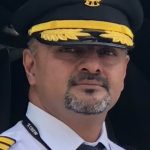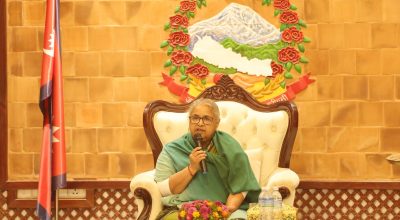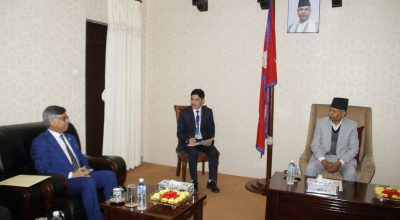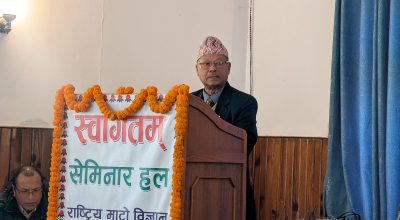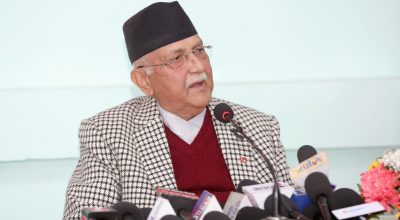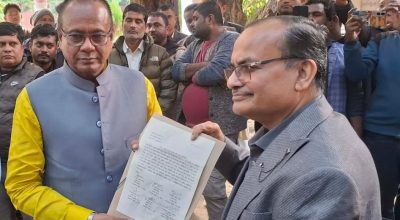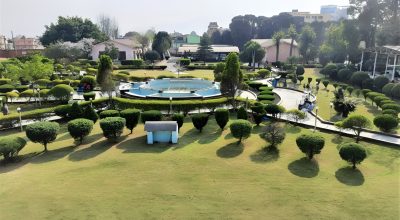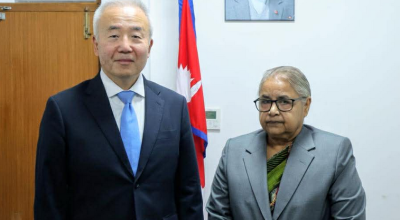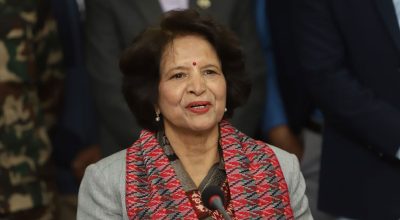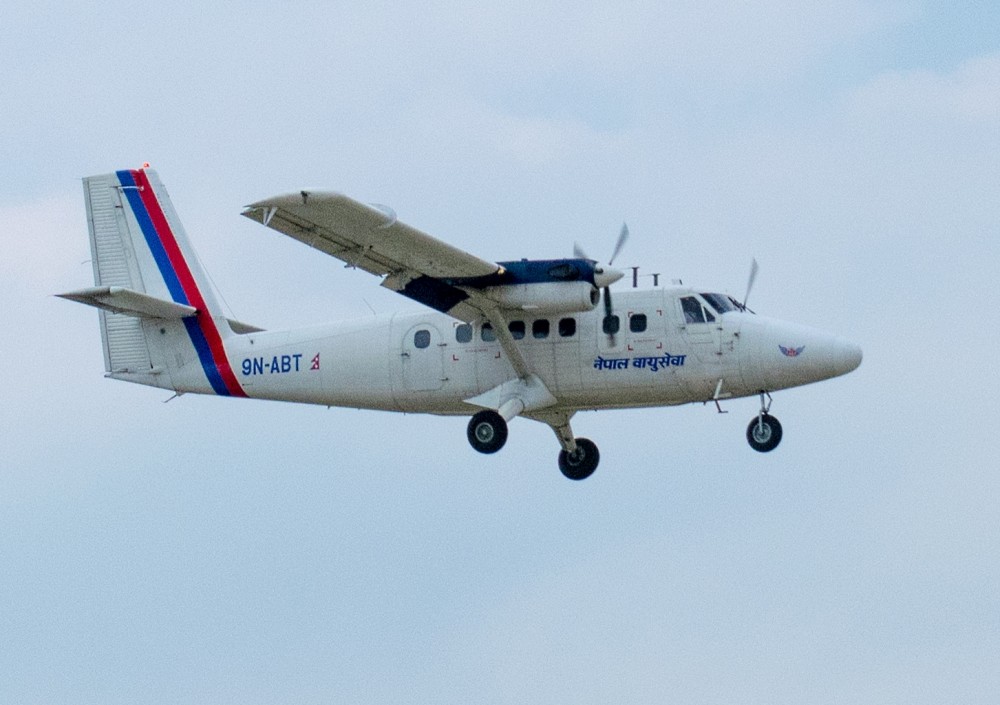
Choosing the right aircraft for an airline’s specific operating environment, the present market context is complex and critical decision. It can indeed be a make-or-break factor for the airline’s long-term success.
We have to consider the following points before selecting the aircraft.
Comprehensive Analysis
Before executing a plan on accruing new aircraft, the airline company should confirm which type of aircraft will be suitable for its fleet. The airline should engage in a thorough and comprehensive analysis of numerous relevant factors, should include not only historical data but also projections and current market studies.
Unused Existing Fleet
If the airline has a history of not being able to attract passengers, optimally utilize its existing aircraft, it raises concerns about whether it can effectively manage new aircraft. Airline should focus on addressing these issues first.
Route Viability
Assess the viability of routes and airfields, taking into account the presence of good roads and other transportation options. Airline should evaluate whether there is sufficient passenger demand to make these routes profitable.
Passenger Flow
Rather than relying on a short-term spike in passenger flow, airline company should base its decisions on sustained demand patterns. This requires studying seasonal and long-term passenger flow data.
Risk Mitigation
Given the complexity of the airline business and the substantial investments involved, airline company should have a well-thought-out risk mitigation strategy.
Financial Health
Ensure that the airline’s financial health is stabilized before making significant investments. Address any ongoing financial crises and implement cost-saving measures. Buying aircraft is a significant financial commitment, and if the airline is already in a financial crisis, can exacerbate its financial problems and lead to even more debt.
Flexibility
Consider aircraft types that offer flexibility in operations, performance, allowing the airline to adapt to changing market conditions and operational challenges.
Grounded Aircraft
If the airline already has grounded aircraft, it indicates a significant underutilization of existing resources. Before acquiring new aircraft, it should focus on strategies to manage or make the most of its current assets.
Market Attractiveness
If the airline failed to attract passengers in the past, it needs to assess whether the domestic market is viable and whether there is demand for its services. Buying new aircraft without clear market strategy may not solve underlying issues. Conduct market research to understand passenger preferences and tailor the airline’s offerings accordingly.
Continuous Evaluation
Airline should not view the aircraft acquisition decision as a one-time event. Continuous evaluation of the chosen strategy is crucial, with the ability to adapt and make changes as needed.
Regulatory Compliance and Safety
Ensure that the airline complies with all aviation regulations and standards, which may vary by aircraft type and the airline’s operations.
Experts Engagement
Including personnel with no vested interest or affiliations with other airlines or aviation businesses is a prudent step to maintain the airline’s credibility and business integrity, considering this fact, Involve key experts in aviation, finance, and market analysis, as well as government authorities if applicable. This collaborative approach can provide a more comprehensive view.
Corruption and Political Interference
Corruption and political interference can lead to poor decision-making and favoritism in procurement. This can result in the airline making choices that benefit certain individuals or groups rather than the airline’s financial health or operational efficiency.
Precise
While the airline may see the potential in expanding its domestic fleet, it should proceed with caution and not make hasty decisions. Thorough analysis and long-term planning, with an emphasis on sustainability and adaptability, will be crucial for the airline’s success in a competitive and complex industry.
Mr Rijal is a senior pilot at Nepal Airlines Corporation.




